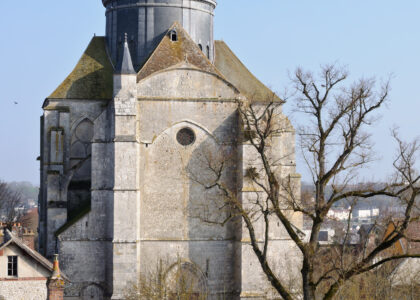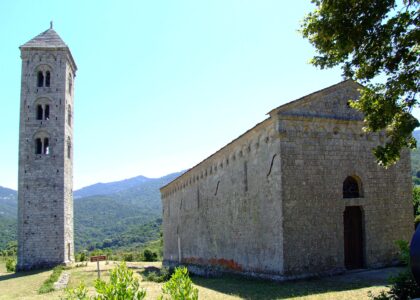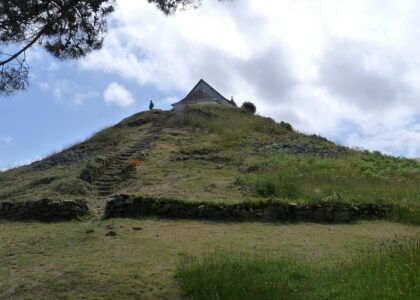Welcome to Cousolre, a quaint location with deep historical roots. Here, the story of Saint Walbert IV unfolds, a tale interwoven with the early medieval fabric of Europe. Saint Walbert IV, born around 600 AD, hailed from a distinguished lineage that traced back to the Merovingian kings. His life was marked by service in the royal courts of Clotaire II and Dagobert I, where he served as a domesticus, or royal officer, and later as regent. But it’s not just his political life that makes Cousolre significant.
Saint Walbert IV made Cousolre his home, building a castle here that was part farm and part palace. This castle became a family seat where his daughters, Saint Waltrude and Saint Aldegund, were born. These daughters would grow to be influential figures in their own right, with Waltrude marrying Madelgaire, the Count of Hainaut, and Aldegund founding the Abbey of Maubeuge.
In Cousolre, Walbert and his wife, Princess Bertille of Thuringia, also established a church and a monastery dedicated to Notre-Dame in the 7th century. This religious foundation laid the groundwork for Cousolre’s future as a pilgrimage site, drawing visitors from far and wide, including the famed Emperor Charlemagne himself.
After his death around 640-646 AD, Walbert’s legacy was carried forward by his family. His son-in-law, Vincent Madelgarius, governed as Count of Hainaut, while his daughter Waltrude became the Countess of Hainaut. Their influence extended far beyond Cousolre, with their children also becoming saints and contributing to the religious and cultural landscape of the region.
Today, remnants of this rich history can still be felt in Cousolre. The bones of Walbert and Bertille were preserved and placed at the Church of Saint-Martin in Cousolre, serving as a lasting testament to their importance in the region’s history. As you pass through, imagine the echoes of medieval life and the profound legacy of the saints who once walked these grounds.






